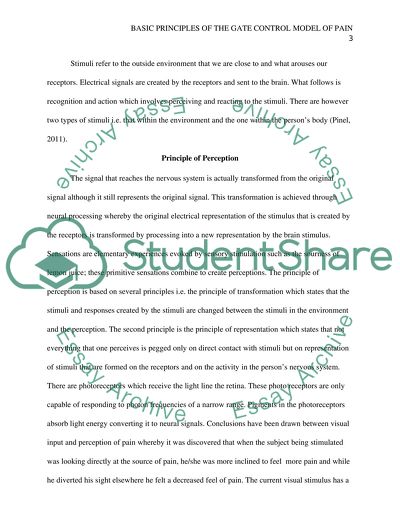Cite this document
(“Gate-control Model of Pain Essay Example | Topics and Well Written Essays - 1500 words”, n.d.)
Gate-control Model of Pain Essay Example | Topics and Well Written Essays - 1500 words. Retrieved from https://studentshare.org/psychology/1664019-gate-control-model-of-pain
Gate-control Model of Pain Essay Example | Topics and Well Written Essays - 1500 words. Retrieved from https://studentshare.org/psychology/1664019-gate-control-model-of-pain
(Gate-Control Model of Pain Essay Example | Topics and Well Written Essays - 1500 Words)
Gate-Control Model of Pain Essay Example | Topics and Well Written Essays - 1500 Words. https://studentshare.org/psychology/1664019-gate-control-model-of-pain.
Gate-Control Model of Pain Essay Example | Topics and Well Written Essays - 1500 Words. https://studentshare.org/psychology/1664019-gate-control-model-of-pain.
“Gate-Control Model of Pain Essay Example | Topics and Well Written Essays - 1500 Words”, n.d. https://studentshare.org/psychology/1664019-gate-control-model-of-pain.


